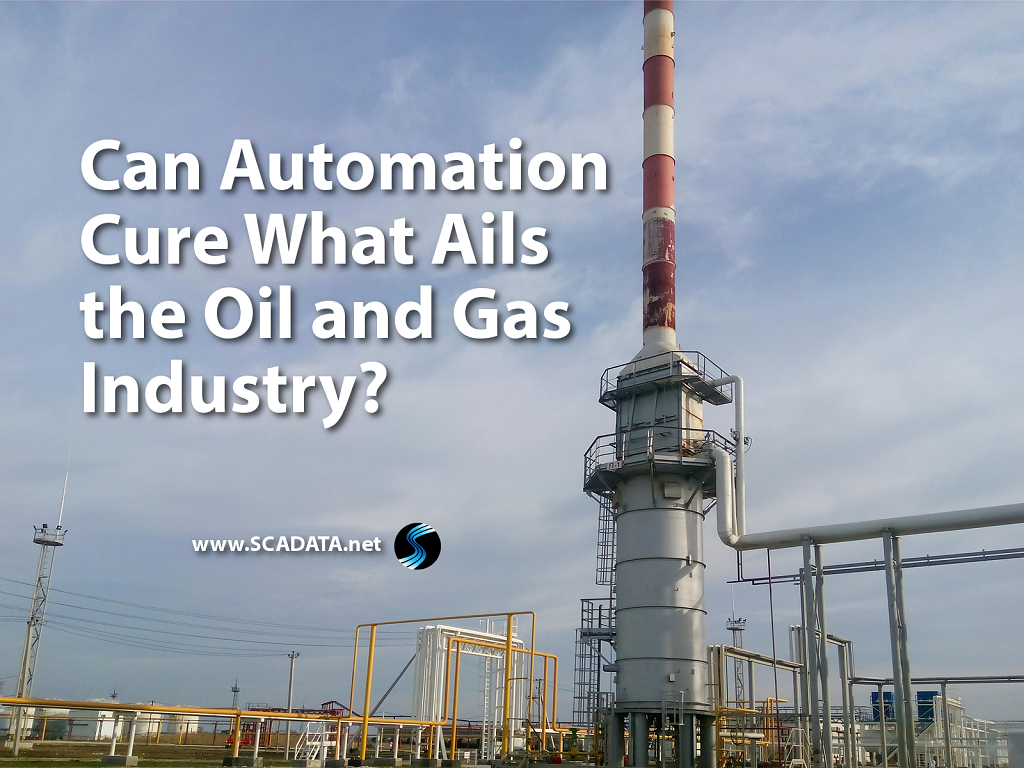Is automation the answer to a problematic oil and gas industry? The U.S. Energy Information Administration reported that U.S. crude oil production fell a whopping 140,000 barrels per day between July and August in 2015. And oil prices dipped to below $4 per barrel in December of the same year. In less than a year, upstream oil and gas companies faced a 50 percent drop in revenues. It doesn�t take an expert to tell you this pattern isn�t sustainable.
In light of these past conditions and the possibility of future problems, oil and gas companies need to take a serious look at their operations. That means diving deep into systems, processes, technology, and equipment that need to be upgraded for the sake of efficiency and productivity.
According to Raj Batra, president of Digital Factories for Siemens USA, the oil and gas industry needs to embrace technology or face the consequences.
Singing the praises of automation, Batra pointed out how 2014 was a stellar year for the automotive industry with a record 16.5 million vehicles produced. Batra attributes this to automation and smart manufacturing, which resulted in cost savings and increased production. Using the automotive industry as an inspiration, he challenges the oil and gas industry to become more innovative and adopt automation solutions like Continuous Monitoring Systems.

Consider this scenario. One oil and gas company can have hundreds of tank batteries spread out over several states, most located hours of travel away from central operations. And one person could be solely responsible for reporting on a region, yet have no immediate access to the environmental data from remote sites.
This is not ideal for several reasons:
- Often, this individual will have to find the time and resources to travel to these locations. This can be costly and take an extensive amount of work time.
- This individual may have to wait for an on-site employee to capture emissions information and transfer it. This can also waste valuable time.
- In the event that neither of these is possible, these batteries can cause hazardous situations to arise, also resulting in loss of revenue and time.
However, an automated CMS allows for important data from remote sites to be immediately transmitted, which means instant productivity. With CMS, you can easily track the amount and type of emissions released during an event, as well as the duration.
The quality of data that CMS devices can capture is known to be superb and that is critical, as the oil and gas industry as a whole faces stricter regulations than most others. It will always be in your best interest to have solid documentation of your sound business practices, dedication to environmental regulations, and stewardship.
How you approach automation and continuous monitoring matters. Think of it this way: If you�re going to invest in CMS technology, you are best served to maximize your benefits. Why settle for mere data quality when you can have excellent access to that data as well? They aren�t mutually exclusive.
Automation is arguably the most powerful tool in a manager�s tool belt. And when paired with an environmental, health, and safety database platform that can tap into CMS data, your ROI will be enhanced.




